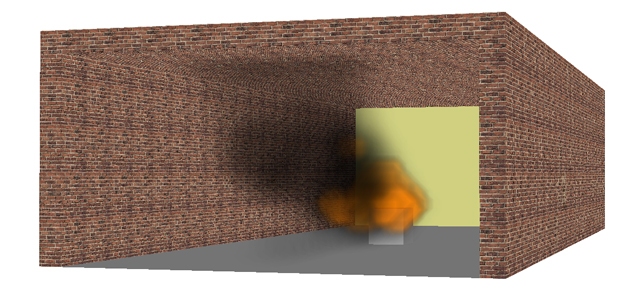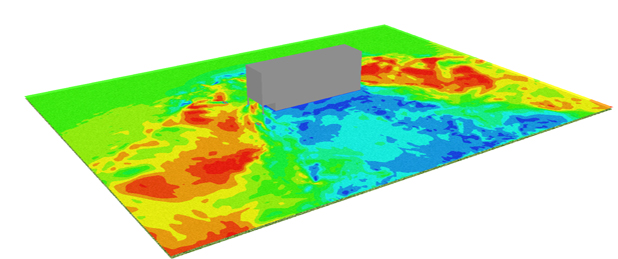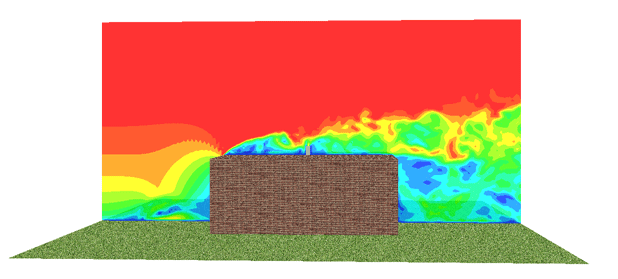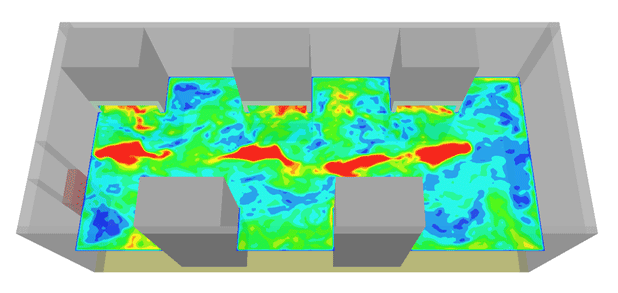Rain Infiltration & Snow and Sand Drifting CFD assessment
HOME <Environmental Solutions < Rain Infiltration & Snow and Sand Drifting CFD assessmentRain infiltration, snow and sand drifting into a building can result from differences in the aerodynamic, thermal and structural characteristics of buildings, orientation of the building to wind, and the aerodynamic influence of nearby structures. These factors can increase rain flood, snow loads and icing on and around buildings and result in reduced building performance. Sand, Snow and ice can obstruct air intakes and, in extreme cases, increase structural building loads to the point of failure. Snow and sand drifting can block building entries and obstruct walkways and cause excessive accumulation on roadways. Sliding snow and ice from roofs and overhangs are potential hazards for pedestrians and can cause property damage.
EASTechnology uses CFD models to evaluate the influence of temperature, solar radiation, heat loss from the building and the effects of wind and rain on snow and sand accumulation and drifting on and around buildings. We also identify potential hazards associated with sliding snow and falling ice, which can be especially critical for tall structures. Working with design teams, we can help minimize the negative effects of rain, snow loading, drifting, and icing on and around buildings and other structures.
At EASTechnology, we can provide solutions to problems related to:
- Rain droplets through louvers
- Rain stagnation zones
- Rain infiltration through roofs
- Snow/sand accumulation
- Snow/sand depth prediction
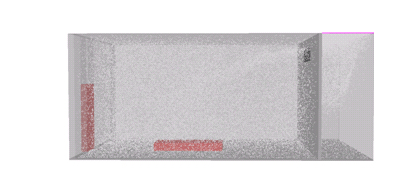
Snow drifting through window into a building basement |

Air flow velocity across a snow fence |
| Related Animation: Snow particle drifting into a building through a louver | Related Animation: Corresponding snow – higher accumulation at the bottom of the left lateral wall |

